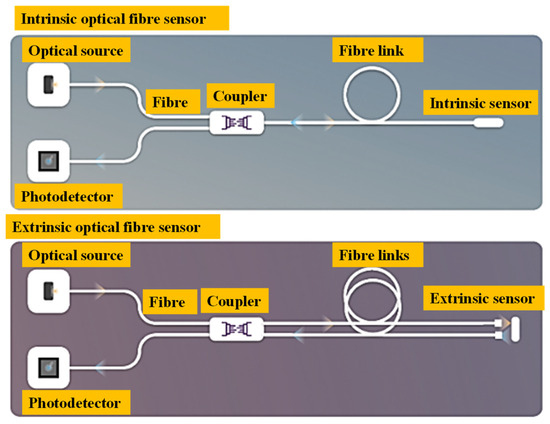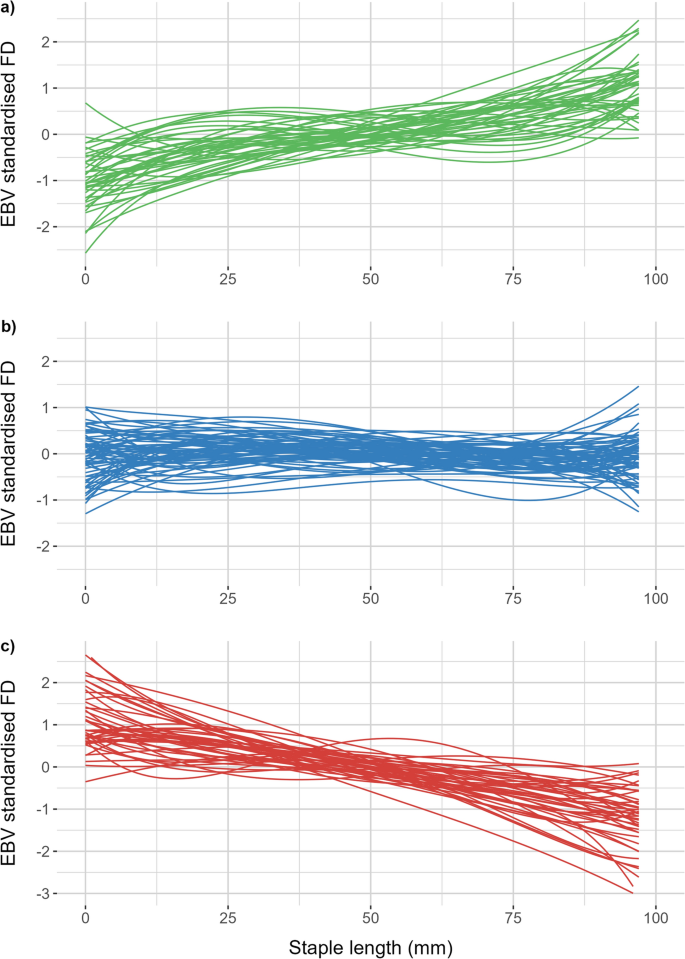Choosing the Best-Suited Optical Fibre Diameter Analyser for High Precision
Choosing the Best-Suited Optical Fibre Diameter Analyser for High Precision
Blog Article
Enhance Your Fiber Optic Projects With a Reliable Diameter Analyser
The integration of an efficient size analyser right into fibre optic projects serves as an essential element in achieving precision and uniformity. By promoting accurate diameter measurements, these analysers not only improve the top quality of installations but likewise minimize possible compatibility issues among components. The advanced capabilities of contemporary analysers improve data collection and high quality control processes. As we check out the important attributes and benefits of these tools, it becomes evident how they can transform task outcomes and make sure adherence to sector requirements. What stays to be gone over is exactly how to successfully carry out these analysers in your existing workflows.
Significance of Size Dimension
Measuring the diameter of fibre optic cables is an essential task that ensures optimal performance and reliability in interaction systems. Exact diameter dimension is necessary for different factors, primarily for maintaining signal integrity and lessening loss. A wire's size straight affects its capacity to transfer light successfully; inconsistencies from the defined size can bring about raised depletion, which influences the general efficiency of the network.
Moreover, exact measurement is important during the setup and maintenance of fiber optic systems. An inappropriate fit in between cable televisions and connectors can result in signal degradation or complete failing of communication web links. By guaranteeing that diameters are within defined resistances, professionals can boost compatibility in between elements, resulting in improved system integrity.
In addition, diameter dimension plays a substantial duty in high quality control during production. Consistency in the size of fiber optic cords is important for ensuring consistent performance throughout different batches. optical fibre diameter analyser. This consistency helps suppliers preserve industry criteria and promotes self-confidence among end-users
Functions of an Effective Analyser
An efficient analyser for fiber optic projects have to integrate numerous essential functions that enhance precision and usability in size measurement. To start with, high-resolution optical sensing units are crucial for specific diameter analyses, allowing customers to find even the tiniest variations in fibre density. These sensors must be complemented by sophisticated calibration systems, making certain constant efficiency throughout different conditions and products.
Second of all, an user-friendly user interface is crucial for assisting in ease of procedure. This includes user-friendly software application that permits smooth data input and outcome, in addition to aesthetic representations of the measurements taken. A portable style enhances functionality in numerous area environments, making it simpler to carry out analyses on-site.
In addition, the analyser should sustain numerous measurement modes, accommodating various fibre types and applications. The ability to store and obtain historic information is one more crucial attribute, permitting customers to track performance with time and make educated decisions.
Benefits for Fibre Optic Projects
Carrying out a diameter analyser in fibre optic projects provides substantial benefits that dramatically enhance project performance and top quality. Among the main advantages is the click for more info capacity to make certain specific measurements of fiber size, which is essential for keeping ideal performance in fibre optic systems. Accurate size readings help in the recognition of incongruities that might cause indicate deterioration or loss, hence making certain high-grade transmission.
In addition, making use of a size analyser improves the quality control process. By automating dimension tasks, project groups can decrease the time invested in manual inspections, leading to faster task completion and lowered labour costs. This performance likewise enables more strenuous testing methods, leading to improved item reliability.
In addition, consistency in fibre size measurements advertises compatibility with other fibre optic parts, lessening the danger of installation mistakes and enhancing general system efficiency. The consolidation of a size analyser not only aids in keeping industry criteria but likewise cultivates confidence in job deliverables.
Integration Into Existing Operations
Integrating a size analyser right into existing workflows can substantially enhance the operational performance of fibre optic jobs. By flawlessly incorporating this modern technology, teams can achieve exact dimensions that are important to maintaining the stability and efficiency of fiber optic systems. This integration allows for real-time data collection and evaluation, which can be essential throughout the production and installation phases.
Furthermore, the capacity to automate size dimension processes decreases the potential for human error, ensuring constant high quality control throughout the task lifecycle. The data generated can be conveniently shared throughout systems, facilitating collaboration among engineers, service technicians, and job supervisors. This accessibility improves decision-making and accelerates project timelines.

Choosing the Right Size Analyser
When choosing a size analyser for fiber optic projects, it is essential to take into consideration several vital aspects that directly influence measurement precision and functional performance. First, the resolution and accuracy of the analyser ought to line up with the details demands of Learn More your task. Greater resolution tools can spot minute variations in diameter, which is crucial for making certain ideal performance in fibre optic systems.
Next, analyze the rate of dimension. For projects with limited due dates, a size analyser that offers quick information acquisition can dramatically enhance performance. Furthermore, take into consideration the analyser's compatibility with existing systems and my response software application. A smooth assimilation reduces configuration time and decreases disruptions during operations.
One more crucial factor is the array of diameters the analyser can accommodate. Ensure that the selected tool can manage the details sizes of fibre optics you are collaborating with, in addition to any type of prospective future demands. Review the manufacturer's support and warranty offerings. Reputable client service and technical support can confirm very useful when repairing or looking for help. By very carefully examining these variables, you can pick a diameter analyser that enhances the performance and precision of your fibre optic projects.
Final Thought
In final thought, the assimilation of an efficient size analyser is critical for improving fibre optic tasks. Specific diameter measurements make sure optimum efficiency and dependability while lessening installment mistakes (optical fibre diameter analyser).
A wire's diameter directly influences its ability to transmit light effectively; discrepancies from the specified diameter can lead to raised depletion, which impacts the general performance of the network.

Report this page